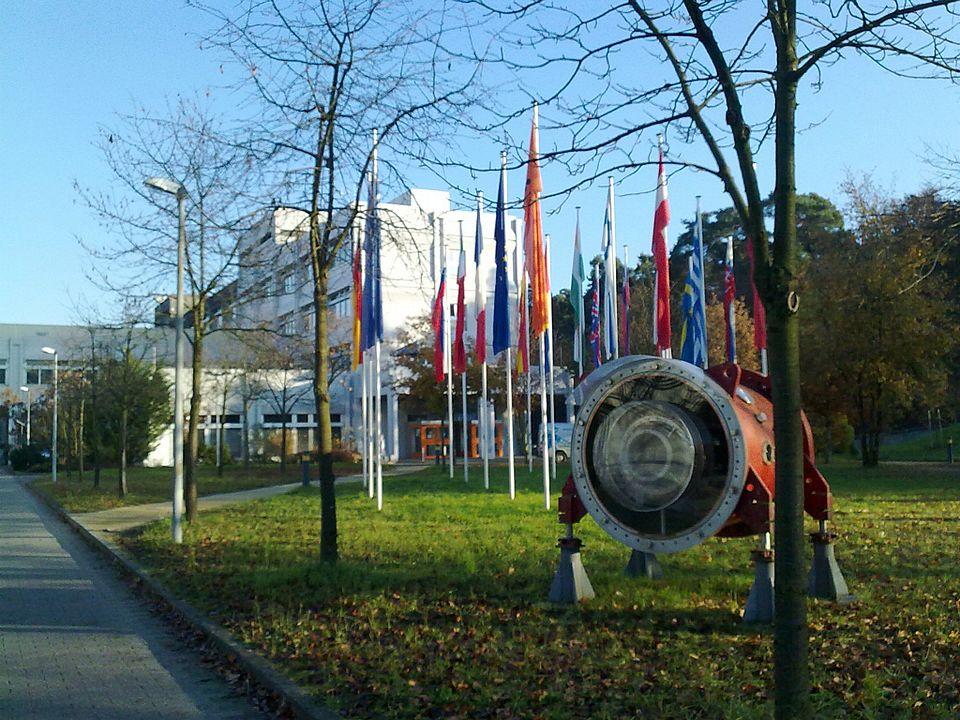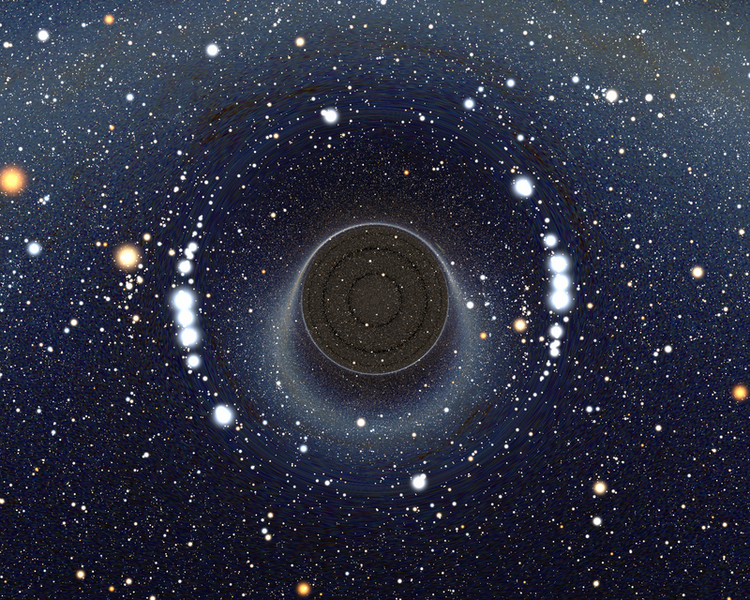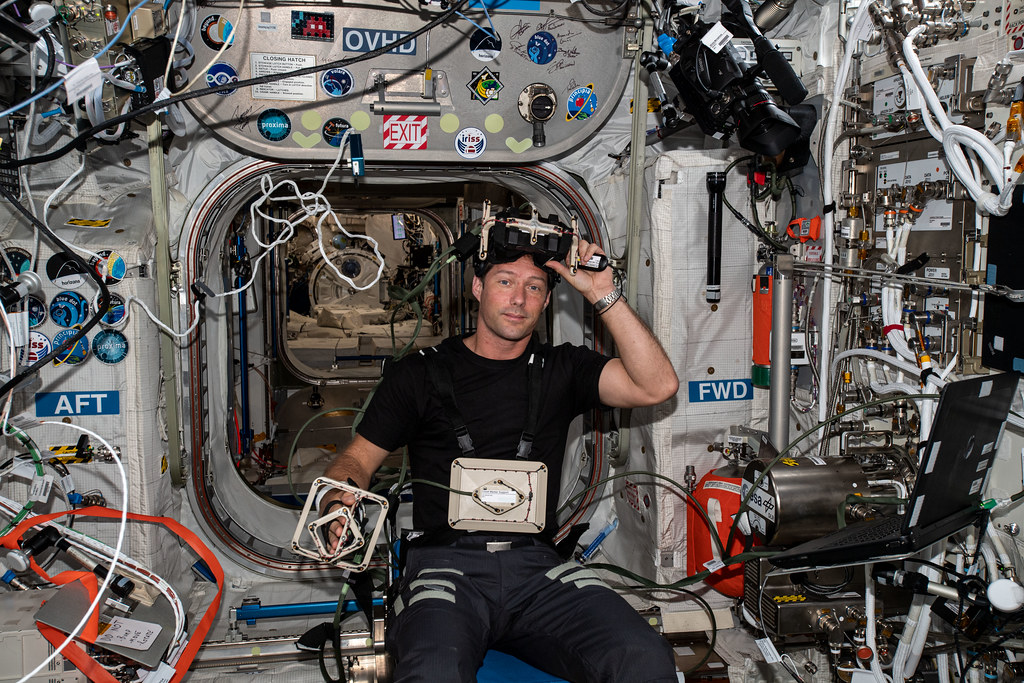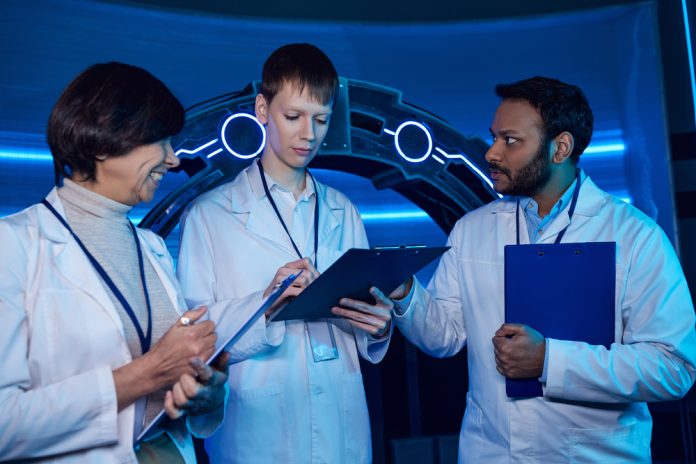
Is time travel not just a science fiction dream? Physicists have struggled with the essence of time for more than a hundred years, from Einstein’s flexible spacetime to the outlandish predictions of quantum mechanics. No one has constructed a functional time machine, but the theory is more lavish and more eccentric than most people appreciate.
The interaction of relativity, gravity, and quantum mechanics has opened up unexpected possibilities and equally daunting barriers for travel to the future or even the past. From cosmic strings to retrocausality, the physics indicates a universe in which time is very far from absolute. Here are eight of the most intriguing scientific concepts that are shaping our vision of time travel today.

1. Relativity’s Gateway to the Future
Einstein’s theory of relativity redescribed time as a malleable dimension, affected by speed and gravity. Time dilation the clocks slow when moving, is not merely a theory; it has been verified in high-accuracy experiments, including lithium ions shot up to one-third the speed of light at Germany’s GSI Helmholtz Centre. Co-author Gerald Gwinner reported the result was “nearly five times better than our old result” in measuring relativistic time dilation.
These become profound at light speed or in strong gravitational fields. An astronaut taking off at 99.5% light speed for five years might make it back to Earth centuries or millennia later in planetary time, a one-way journey to the future facilitated by physics itself.

2. Gravity’s Grip on Time
General relativity also predicts that clocks move slower in stronger gravitational fields. Gravitational time dilation has indeed been seen in extreme astrophysical settings and in accurate satellite clocks. NASA’s Chandra X-ray Observatory in 2020 measured gravitational redshift in a neutron star 29,000 light-years away, where light’s wavelength was stretched measurably in intense gravity.
Nearer to home, GPS satellites rotate in weaker gravity than the surface of the Earth, causing their onboard clocks to run 45 microseconds faster each day an effect that engineers need to compensate for or suffer navigation mistakes of as much as 10 kilometers per day.

3. GPS: Everyday Evidence of Relativity
The Global Positioning System is an operational laboratory for relativistic physics. Special relativity retards satellite clocks by approximately 7 microseconds per day as a result of their orbital velocity, and general relativity accelerates them by 45 microseconds because they are closer to Earth’s gravity well. The combined 38-microsecond per-day acceleration is hardware- and software-corrected to preserve nanosecond accuracy.
Without these refinements, GPS-based navigation would collapse after minutes. As Richard W. Pogge of Ohio State University put it, “The whole system would be utterly worthless for navigation in a very short time” without relativity.

4. Wormholes: Theoretical Shortcuts Through Spacetime
Wormholes or Einstein–Rosen bridges occur naturally out of general relativity’s equations. In principle, they might link far-off points in spacetime, making near-instant travel and maybe time travel possible. But they decay so fast that light can’t get through unless they are kept open by exotic matter with negative energy.
Physicist Larry Ford compares negative energy to waves in the ocean, where troughs signify negative areas. Quantum energy inequalities greatly restrict how much can be focused, though. According to Ford, constructing a grapefruit-sized traversable wormhole may take the output of the Sun over 100 million years, which makes them unlikely using known physics.

5. Cosmic Strings and Closed Time Loops
Kurt Gödel, in 1949, had suggested that a rotating universe might permit closed time-like curves loops in spacetime which would permit travel backwards. Extending this, in 1991, Richard Gott proposed that two theoretical cosmic strings passing each other could create loops.
Cosmic strings, if they exist, would have been ultra-thin spacetime defects of the early universe. But no observational evidence has yet been discovered, which keeps them in the area of speculation.

6. Quantum Entanglement and Retrocausality
Quantum mechanics brings with it phenomena that appear to violate classical causality. Particles that are entangled affect one another immediately, which was a conundrum Einstein termed “spooky action at a distance.” Others, such as Dr. Rod Sutherland from the University of Sydney, argue that retrocausality the future affecting the past would make this compatible with relativity.
Sutherland’s mathematical approach addresses entangled particles as individual in three-dimensional space, evading faster-than-light signaling by making measurement options influence earlier states. This method may also provide new avenues to a theory of quantum gravity.

7. Unifying Relativity and Quantum Mechanics
Relativity is what applies on the cosmic scale; quantum mechanics on the subatomic. A model that unifies them and which begins from quantum theory and applies it to high-energy scales where gravity is equally important has been suggested by Dr. Norma G. Sanchez at the Paris Observatory.
Her theory foresees a ‘quantum light cone’ an adapted spacetime geometry at the Planck scale and eradicates singularities within black holes. If true, it may unify the two grand pillars of contemporary physics and have implications for comprehending time’s nature.

8. The Transactional Interpretation’s Time-Symmetric Handshake
Physicist John Cramer’s transactional interpretation sees quantum events as “handshakes” between waves going forward and backward in time. Drawn from Wheeler and Feynman’s absorber theory, it views emission and absorption as a unified atemporal process with both retarded and advanced waves.
From this perspective, cause and effect are time-symmetric, and the flow from past to future that would otherwise appear to violate causality arises from completion of the transactions. Controversial though it is, it provides a consistent framework within which retrocausality is inherent in quantum theory’s foundation.

Time travel is still out of our engineering grasp, but the physics behind it is anything other than make-believe. From the confirmed fact of time dilation to hypothetical concepts such as wormholes and retrocausality, science is slowly charting the limits of what is possible. Whether these concepts will ever make it into technology is unknown, but they already redefine our conception of time not a fixed arrow, but a dynamic dimension embroidered into the universe’s fabric.


